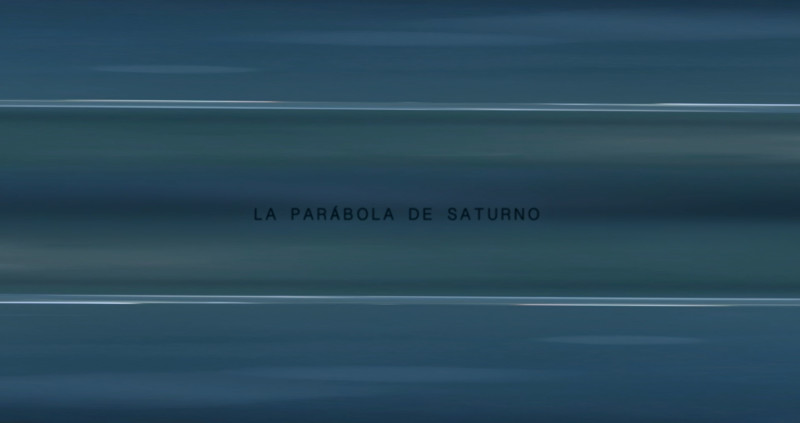

The colombian nation, as an aesthetic project of modernity, defines the world by drawing small imaginary lines that tend to move over time. Exact and relative at the same time, these lines enclose what we have come to call national identity, something that ultimately is nothing more than a symptom of the existence of this drawing. An identity that is also exact and relative at the same time. Exact because it contains a series of experiences, situations and phenomena that can be clearly observed as “national” and relative because their existence depends on our eyes. The national eyes are not human eyes, they are more like the arachnid organs of vision, multiple and multifaceted organs that produce a complex and at the same time fragmentary image of the world. We all have these eyes, hidden under our flesh, anchored to our ideologies, to our life experiences and, above all, to our aesthetic consciousness. But these eyes can remain asleep forever unless they are activated thanks to the presence of the audiovisual machine. The camera and the montage have the power to articulate the dissonant facets of the national aesthetic consciousness, if they are properly organized.
In this screening we gather 11 of these looks. Complex and multifaceted, they are all the product, to a greater or lesser extent, of what we can call national aesthetic consciousness. They all explore different ways of perceiving the world, of living in it and of sharing it through audiovisuals. They present diverse histories, geographies, politics and aesthetics, which apparently have nothing in common, but which at a much deeper level of analysis operate as evidence of the existence of an arbitrary drawing on the planet. These 11 gazes represent the almost 48 million points of view that shape the national aesthetic consciousness, so different from one another that only the staging of this exhibition and an imaginary line can group them together as an organic whole.
Programmers:
Julian Medina – Daniel Monje
11 SHORT FILMS
1:30:36
RUNTIME
1.
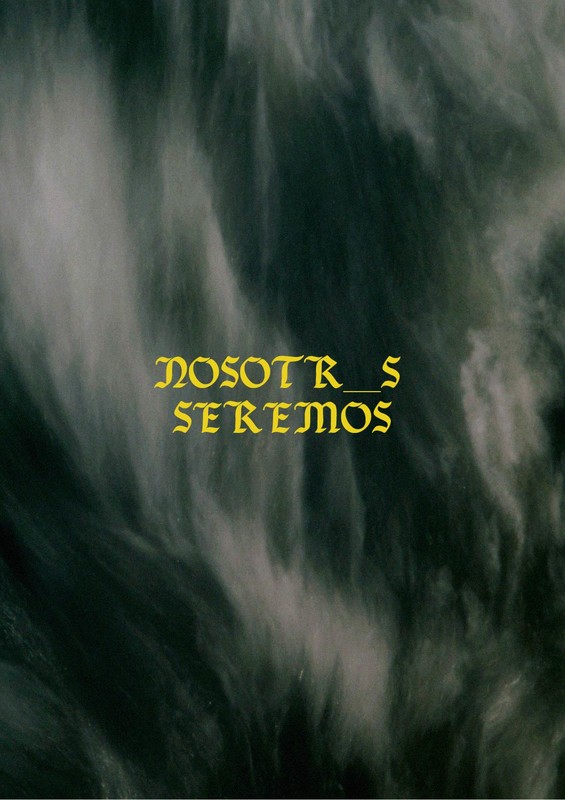
Nosotr_s seremos
—————————————–
Tiagx Vélez
—————————————–
From my experience as a body in transit, I have inevitably walked towards the abandonment of the species. Because experiments with gender identity and anatomical sex dislocate recognizable with an identifiable genre. The places of production of the human have been framed from border with the animal, legitimizing innumerable exclusions, but on the other hand detonating the possibilities of invention and reconfiguration of the borders in relation to other life forms. Thus, I believe that today alliances are urgent between different militancy so that other winds blow in the world. “Nosotr_s Seremos”, speculate the embryonic state of a new species, where its desire for the dilute of the borders between identity, gender and animality; It springs in the middle of a original broth.
Colombia | 12min. 51s.
2.
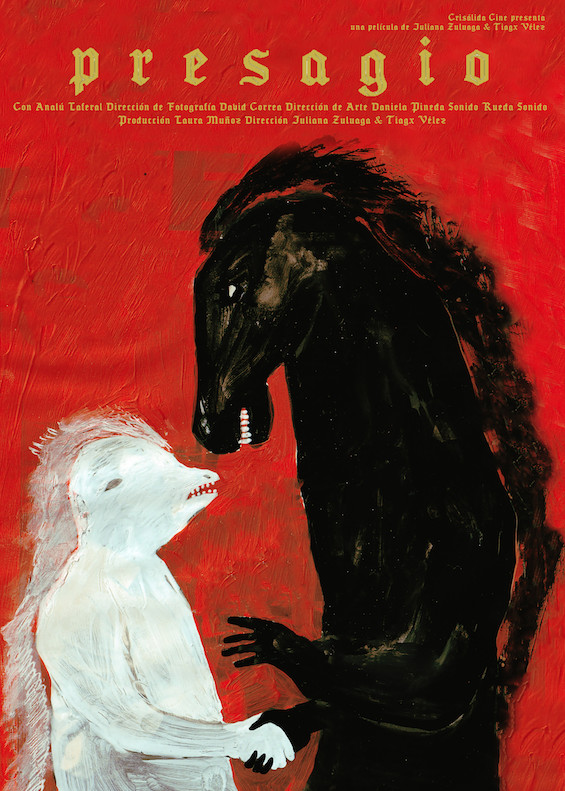
Presagio
Presage
—————————————–
Juliana Zuluaga, Tiagx Vélez
—————————————–
The roaring of the beast rises from the deepest burrows of the Earth. Thunders, winds and rivers foretell the friction of times. The ecosystems that have reigned for hundreds of years are tottering. A short film made in collaboration with trans-animal artist Analú Laferal.
Colombia, 26min.
3.
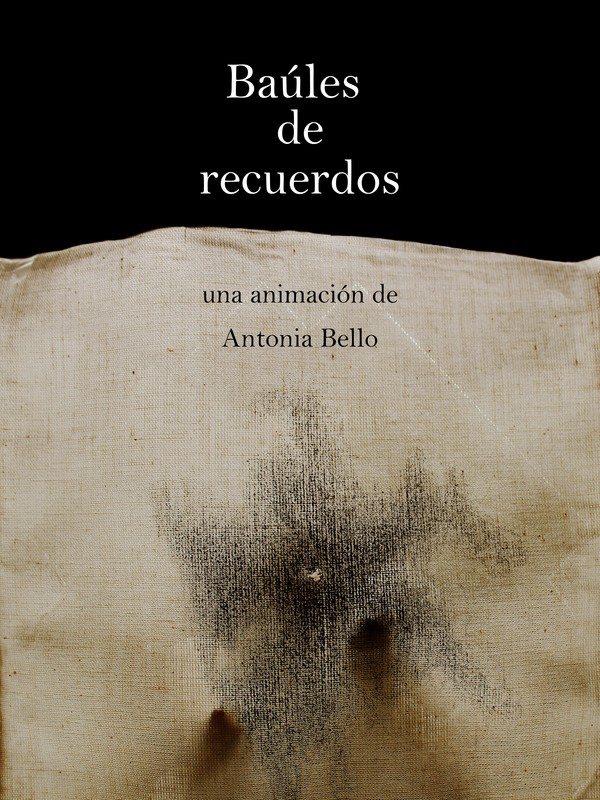
Baúles de recuerdos
Trunks of memories
—————————————–
Antonia Bello
—————————————–
There is a feeling that I cannot get out of my head, like a dream that repeats since my childhood, indecipherable, but poignant. The feeling that something is wrong, misplaced by a few millimeters. Maybe a memory that begins to flow and soon retracts, to then suffocate my thoughts again.
Colombia, 2min. 30s.
4.
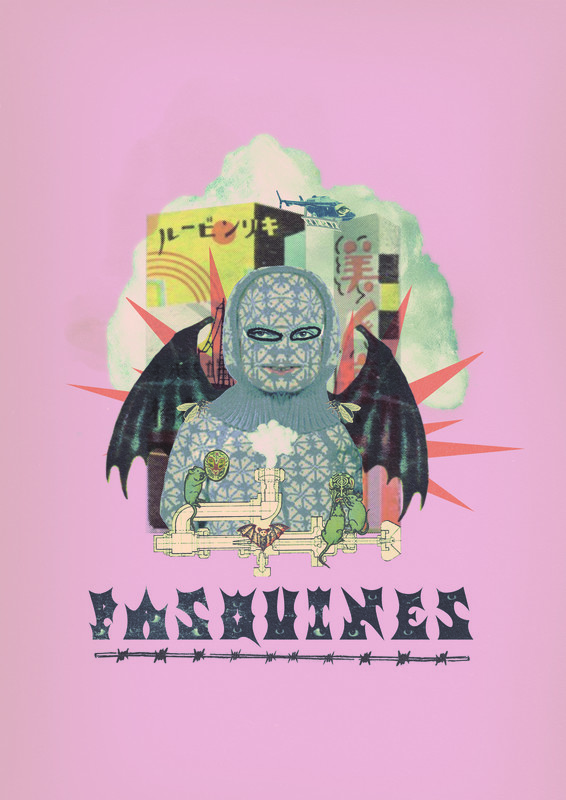
Pasquines
—————————————–
Laura Carmona Hoyos
—————————————–
Pasquín lives in a hostile valley where acceptance in society is governed by asepsis. The neat keep an eye on the beings that represent the filth of the community. Being marginalized will no longer be an option.
Colombia, 7min. 52s.
5.
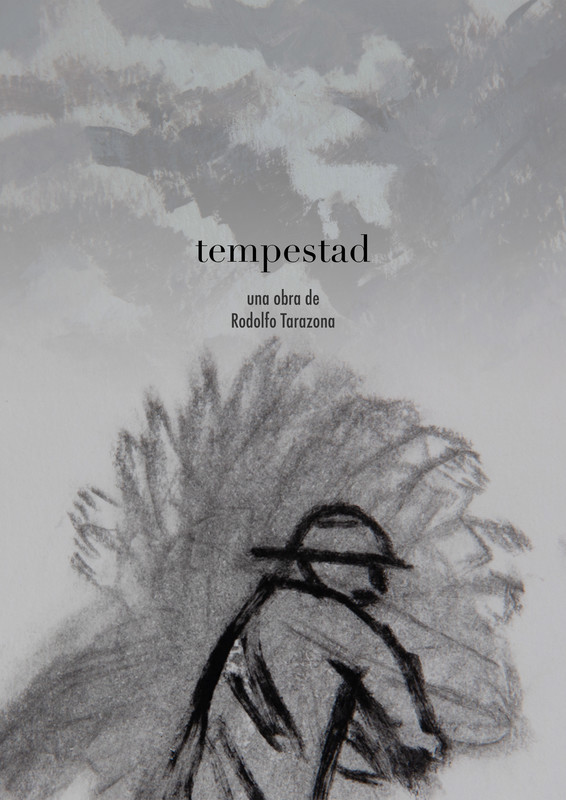
tempestad
tempest
—————————————–
Rodolfo Tarazona
—————————————–
During the Chorographic Commission´s journeys, an enterprise held between president José Hilario López Government and geographer Agustin Codazzi where both parties agreed to draw the General Map of New Granada and its provinces, a team traveled documenting the territory and people´s costumes, facing difficulties which lead to the Commission’s anticipated end. Recalling the artists’ epic work, this audiovisual installation and fiction animated short draws upon Ramón Torres Méndez’s Viajeros tolimenses painting. Built on a reinterpretation of found footage and quadraphonic sound, it rekindles the journeys of painter Manuel María Paz, geographer Agustín Codazzi, botanic José Jerónimo Triana and helper Carrasquel.
Colombia, 4min. 56s.
6.
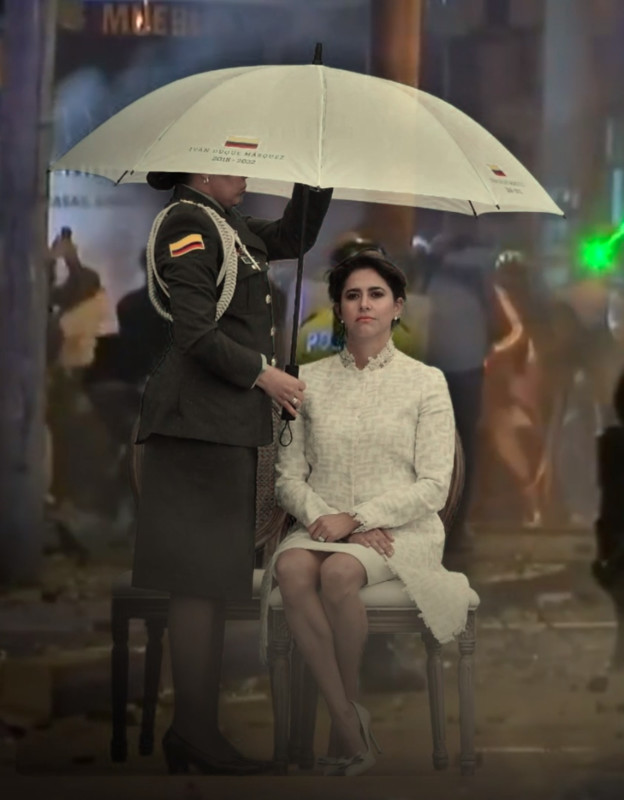
La fuerza pública no es pública
—————————————–
DSPRT!
—————————————–
Who does violence protect to?
Colombia, 26s.
7.
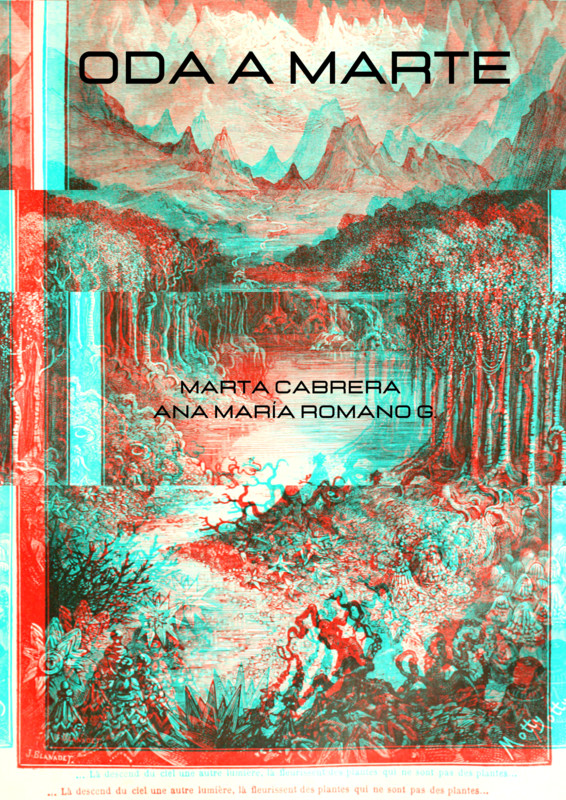
Oda a Marte
Ode to Mars
—————————————–
Marta Cabrera
—————————————–
A celebration of the trajectory of the planet Mars in the human imagination. Intermingling contemporary images of Mars with the engravings that illustrated French astronomer Camille Flammarion’s texts on the red planet (which he imagined endowed with an exuberant nature), as well as images and photographs of his séances, this animated film addresses the blurred boundaries between scientific thought, poetry and fantasy.
Colombia, 4min. 48s.
8.
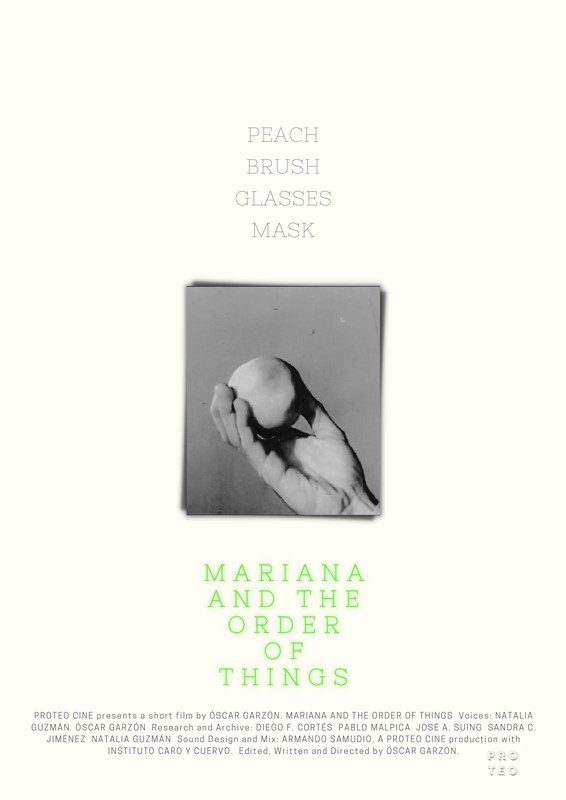
Mariana y las cosas
Mariana and the order of things
—————————————–
Oscar Garzón
—————————————–
Just before falling asleep, Mariana has an urge: to play with words and the order of things.
Colombia, 7min.
9.
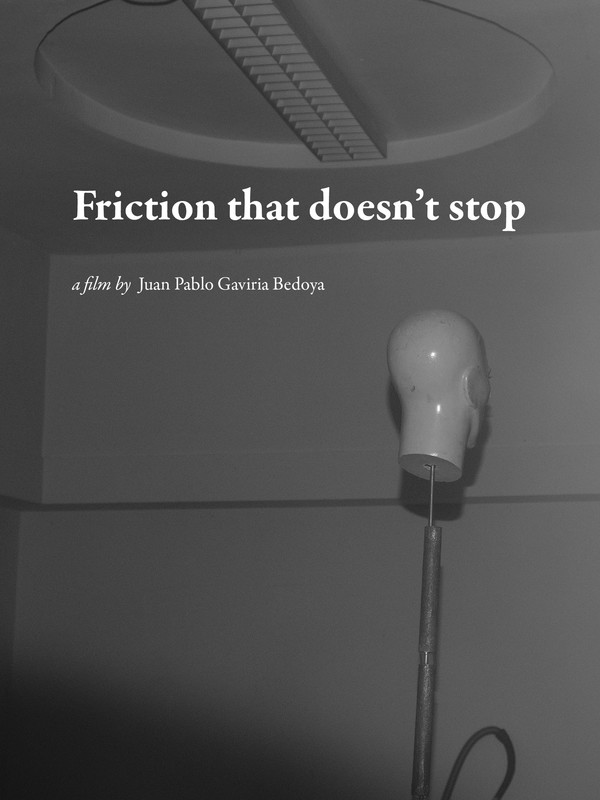
Una fricción que no detiene
Friction that doesn’t stop
—————————————–
Juan Pablo Gaviria
—————————————–
This project arises from the eviction of an antique store called KUNST UND CHAOS. The experience of its gradual disappearance, along with some other stores in the area, triggered questions and reflections about space-time, emptiness, uncertainty and distance. In times of confinement and pandemic, space-time notions have been the object of discussion and have fought not only in their physical interpretations, but also in their emotional dimensions. This sensitive character has opened the way to new ways of relating to dichotomies such as inside-outside, day-night or light-darkness. And it is due to these recurring concerns that have appeared rethinking about time and it’s configuration thanks to the perception of movement, a movement that thanks to its restriction has taken on other nuances. The images of the video show an experimental montage of the performative reading action that I carried out in front of the antique store. My voice is transmitted by means of a laser device that sends audible waves through the empty warehouse and is amplified on the other side of the showcases by means of another device that receives light waves. This action was carried out as a poetic gesture of reflection on space and the paradox of a confinement that brought with it the increase of emptiness.
Colombia, 10min. 52s.
10.
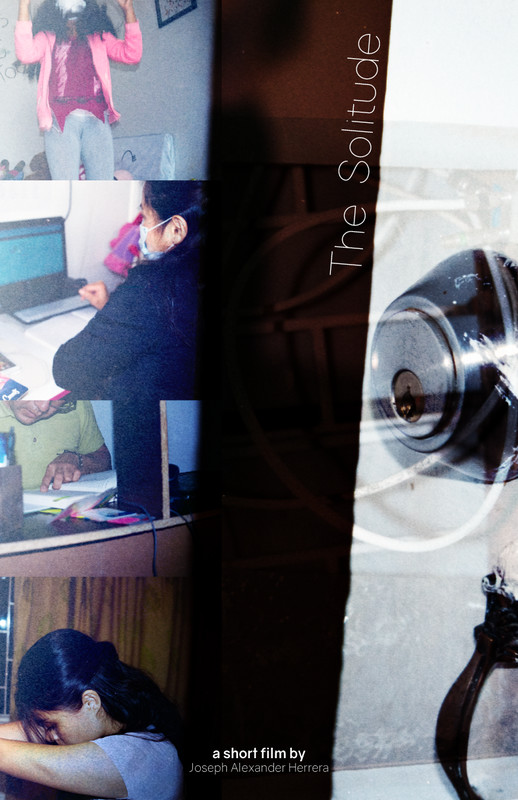
La Soledad
The Solitude
—————————————–
Joseph Alexander Herrera
—————————————–
A farewell to a loved one. A greeting to the god she believes in. A conversation to ourselves. Remitent voices that read made up letters to familiar addresses. The Solitude is an audiovisual journey through a family of unknown people. Every room hides a life, a lie, a true.
Colombia, 8min. 41s.
11.
